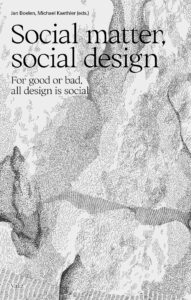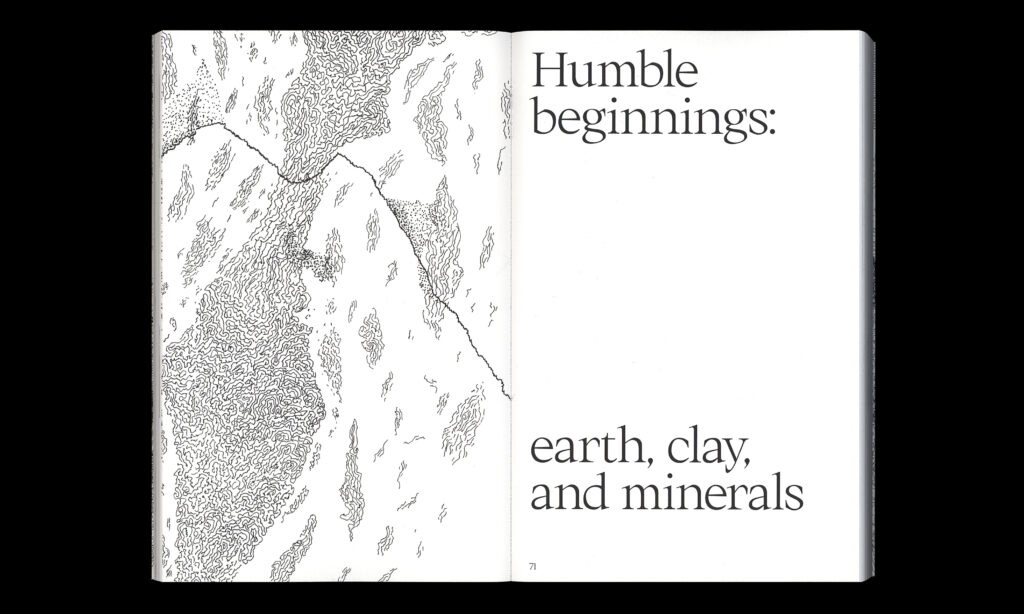New Condition of the Earth was originally written as a speech at the opening of the academic year 2016–17 at Design Academy Eindhoven in Eindhoven, The Netherlands.
Text Jan Boelen
An image of Earth from space, the first colour photograph of the whole of Earth, taken from a satellite by NASA in 1967, has recently caught my attention in several publications, and with different meanings and connotations. As one of the best-recognized images in the world, this particular image and its successors are far from neutral. It is an image of a designed object and a representation of very different ideologies and beliefs.
The image was used on the cover of the Whole Earth Catalogue by Stewart Brand in 1968, and was quickly appropriated by environmental and peace movements with significantly differing objectives. At the same time, technocrats and scientists saw Earth as a self-regulative machine or a closed world, a Spaceship Earth run by humans. The Spaceship Earth was one of Buckminster Fuller’s primary concerns, and formed the basis of his vision, to develop strategies to enable humankind to live without negatively impacting the planet.
Closely related to the concerns and visions of Stewart Brand, Buckminster Fuller, Victor Papanek and their contemporaries at the turn of the 1960s and 1970s, Christophe Bonneuil and Jean-Baptiste Fressoz’ 2016 book The Shock of the Anthropocene: The Earth, History and Us paints a depressing picture of the current state of the earth.
Anthropocene, the age of man, has grown from an informal buzzword to the point at which a group of experts are recommending it to be officially declared as a geological epoch in the history of Earth. The new era defined by the human imprint on the global environment and Earth’s system has been ascertained to have begun around 1950. Formally defined, it would end the Holocene, an 11,500-year climatically stable period during which the human civilization developed. The epoch of human is characterized by global climate warming, the rising sea level, global mass extinction of species, radionuclides on the ground, plastic pollution and transformation of land by deforestation. It is estimated that twenty per cent of the current species will disappear by mid-2030.
The discourse in the late 1960s and the decades after was about an environmental crisis. Today, it is justified to talk about a new condition of Earth. No crisis, no transition, but a new condition of life. Today, we look at Earth in a humbler way. Now we understand that Earth is finite.
How can a designer be aware of how the world is represented and how it shapes, mediates and affects our thoughts, behaviour and worldviews? How can designers take action to intervene or reshift and reconfigure the construction of the world? These questions need to be addressed as an agent in the world.
Design theorist John Thackara speaks of ‘healthy growth’ as a way to thrive in the next economy – healthy food, healthy social relationships, healthy housing. Healthy growth is neither growth nor de-growth, but a third solution in which small, healthy actions transform social and ecological systems through small initiatives and actions of local money, platforms for sharing, and the commons.
Another hopeful solution is the concept of ‘scenius’, a communal genius that opposes the more commonly known concept of a lone genius. ‘Scenius’ arises from intuition and intelligence of a particular ‘scene’ that enables mutual appreciation of individuals, exchange of thoughts, tools and techniques. It thrives in an environment that tolerates and cherishes novelties and shares the same language, and in which other people’s success is empowering rather than overpowering.
As with the visionary minds at the turn of the 1960s and 1970s, with the close relationships between Stewart Brand, Buckminster Fuller, Victor Papanek and their peers, the idea of ‘scenius’ is crucially related to design education and schools, where creative talents exchange skills and knowledge.
But, however significant the perspectives above are, they are all white, male and Western. Designers, with design education ahead, must find a way to be inclusive; for other people, other experiences and other approaches. We must reach beyond the existing frames of thinking, beyond the normative, and embrace the crazy, the unexpected and the unusual.
We have to learn to unlearn, and unlearning is looking in the mirror and seeing the world.
References
Bonneuil, Christophe and Fressoz, Jean-Baptiste 2016. The Shock of the Anthropocene: The Earth, History and Us. Verso Books.
Glaeser, Edward 2011. Triumph of the City: How Our Greatest Invention Makes Us Richer, Smarter, Greener, Healthier, and Happier. Penguin Books.
Thackara, John 2015. How to Thrive in the Next Economy. Thames & Hudson.

